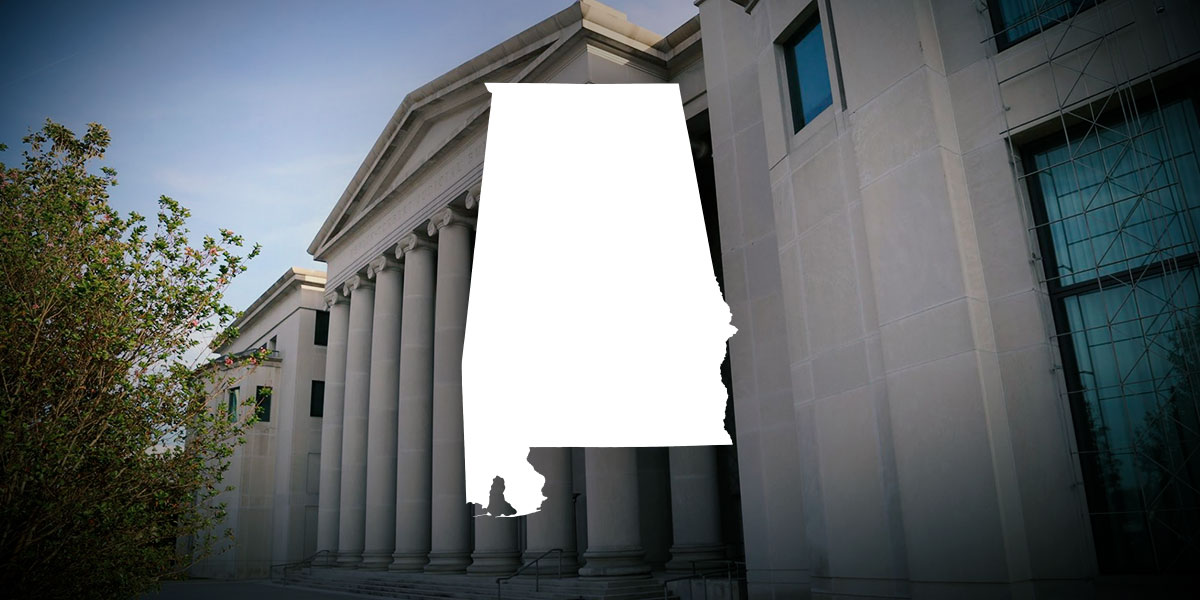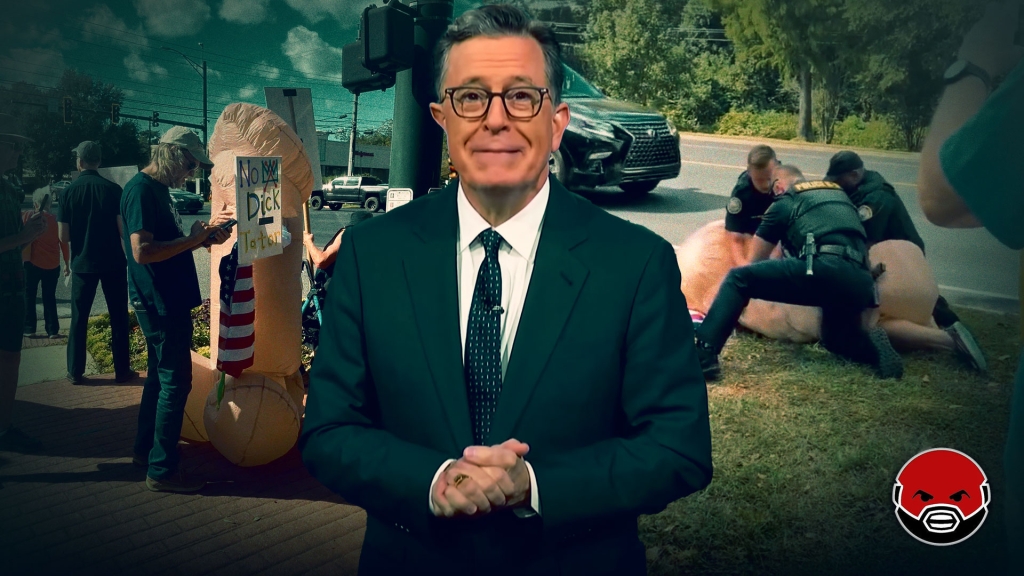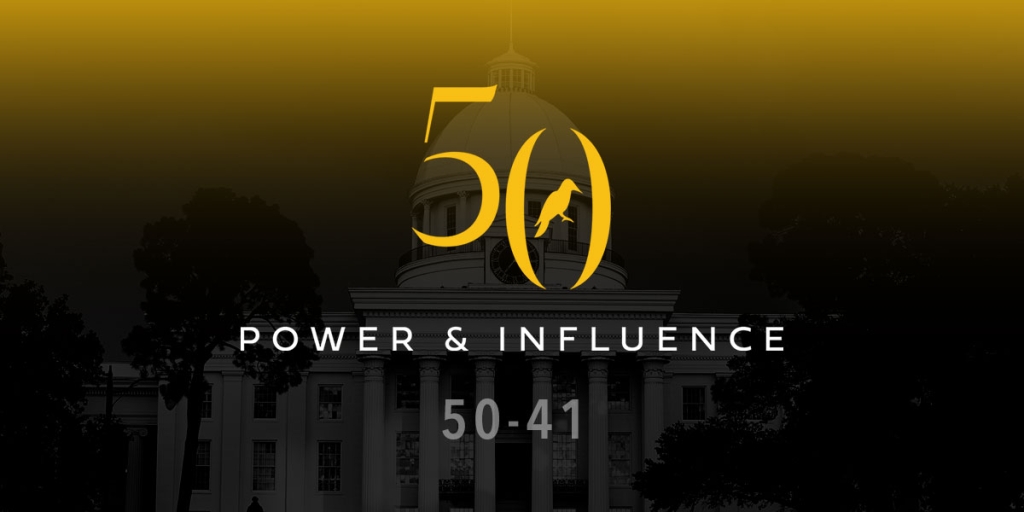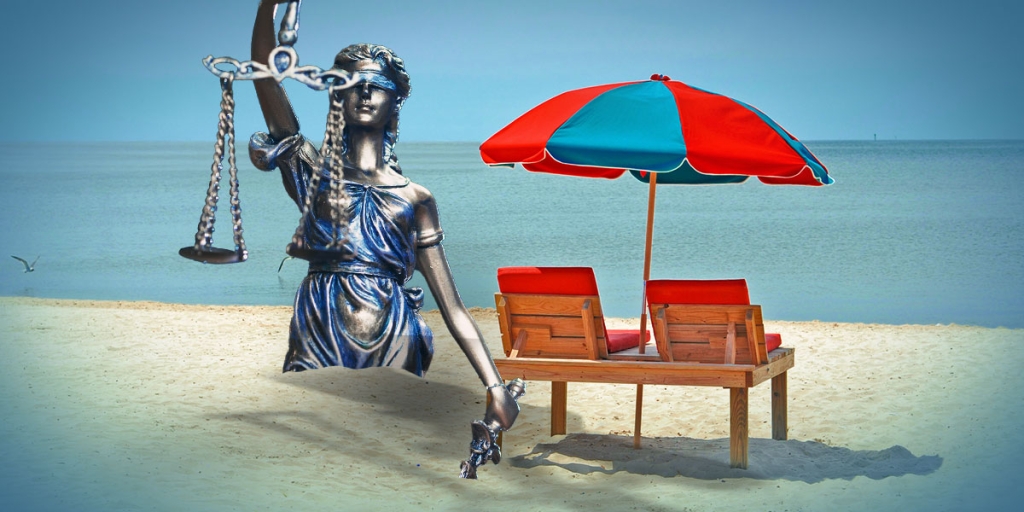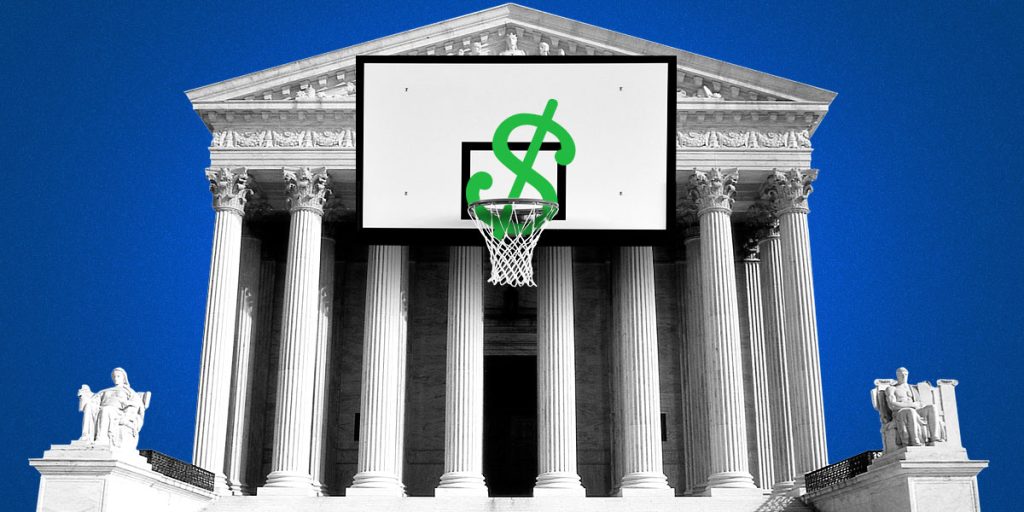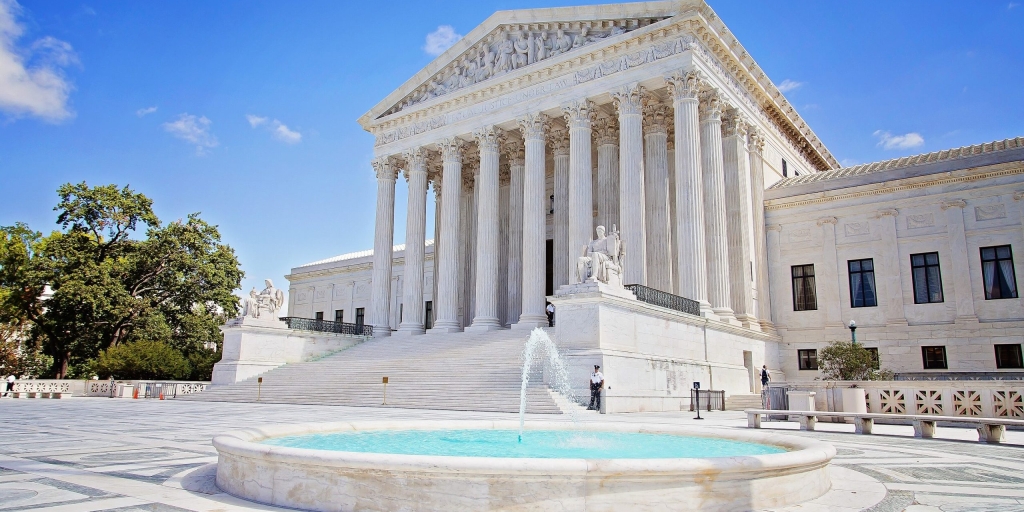In “Case” You Missed It is a Yellowhammer News column by Balch & Bingham attorney Tripp DeMoss that briefly summarizes a recently issued decision by higher courts like the U.S. Supreme Court and Alabama Supreme Court in cases of interest to Alabamians that they might not have otherwise heard about.
The Alabama Supreme Court issued an opinion on May 24, 2024 in Ex parte Hous. Auth. of City of Talladega that clarified the duties landlords owe tenants in maintaining leased premises. In a 5-2-2 decision, the court held that landlords can have a duty to address potentially dangerous conditions in the common areas of leased premises, even where those conditions might be “open and obvious.”
“Open and obvious” is a legal term that essentially means what it sounds like, i.e., obvious to a reasonable observer.
The plaintiff, a tenant of an apartment complex in Talladega, AL, was mobility impaired due to a previous stroke. The building he lived in had fallen into some disrepair, but according to the plaintiff, the employees of the Housing Authority that oversaw the apartment complex told him that certain conditions would be fixed, including the installation of railings along the stairs near the plaintiff’s apartment. Unfortunately, the railings were not installed and the plaintiff fell, breaking his shoulder, knees, and possibly his neck. The plaintiff attributed his injuries to the lack of railing.
The defense argued that the lack of railing was an “open and obvious” condition that relieved the Housing Authority from any legal duty to tenants to maintain railings at the apartment. In an opinion authored by Justice Greg Cook and joined by four other justices (Chief Justice Tom Parker, Justice Greg Shaw, Justice Sarah Stewart, and Justice Jay Mitchell), the court ruled in favor of the plaintiff.
The court found that, based on its own precedents, in the specific circumstances of landlord-tenant relations a landlord may have a duty to address certain dangerous conditions on the common areas of the leased premises, even if the conditions are “open and obvious,” where the landlord could have exercised reasonable care and fixed the dangerous condition.
While they did not join the court’s reasoning, Justices Tommy Bryan and Brad Mendheim concurred in the result of the majority’s decision. For their part, Justice Will Sellers, joined by Justice Kelli Wise, dissented. In the dissent’s view, the court’s previous decision in the case of Daniels v. Wiley, 314 So. 3d 1213 (Ala. 2020) had already eliminated liability for landlords in the case of “open and obvious” conditions.
The court’s decision shows that it might be a good idea for Alabama landlords to take an extra look at conditions in the common areas of buildings they own. A landlord’s failure to address potentially dangerous conditions in a building’s common areas, even ones that are arguably obvious to reasonable persons, may result in liability for a tenant’s injury resulting from those dangerous conditions on the premises. When in doubt, landlords should consult their attorney on what to do.
You can read the court’s decision here.
Tripp DeMoss is an attorney at Balch & Bingham in Montgomery, AL. He specializes in litigation, appeals, labor & employment matters, and public policy. A graduate of the University of Alabama and Georgetown University Law Center, he formerly served as a legislative aide and counsel in the U.S. House of Representatives, and as a political appointee in the U.S. Department of Labor. The views expressed here are his own, and should not be taken as legal advice.




